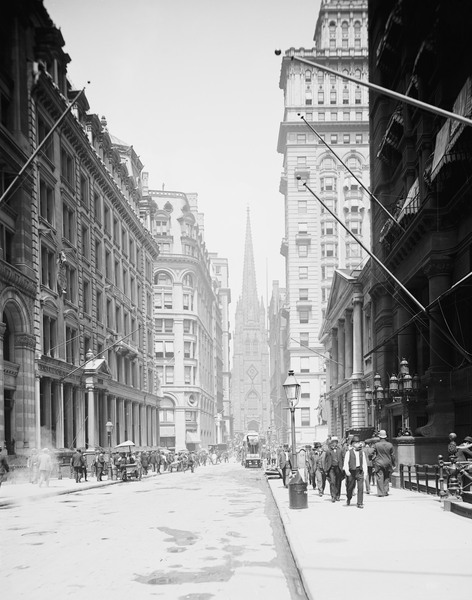
 The Gilded Age, the period between 1870 and 1899 in the United States, was marked by tremendous industrial and agricultural expansion, as well as the spread of settlements across the continent. The U.S. population more than doubled during this period. Most of the economic growth was concentrated in the Northeast, Midwest, and Great Plains states. For at least two generations after the Civil War (1861–65), the South remained predominantly agricultural and was largely outside the industrial expansion of the national economy. Its total industrial production totaled about half of that of New York State. As a result, the Northeast emerged as the industrial core of the nation. Home to 85 percent of the nation's manufacturing, the region thrived by processing raw materials from the South, Midwest, and West. During this time the United States emerged as one of the major economies in the world. The country's growth rate, vast reserves of natural resources, and stable political system positioned it well for continuing growth in the twentieth century.
The Gilded Age, the period between 1870 and 1899 in the United States, was marked by tremendous industrial and agricultural expansion, as well as the spread of settlements across the continent. The U.S. population more than doubled during this period. Most of the economic growth was concentrated in the Northeast, Midwest, and Great Plains states. For at least two generations after the Civil War (1861–65), the South remained predominantly agricultural and was largely outside the industrial expansion of the national economy. Its total industrial production totaled about half of that of New York State. As a result, the Northeast emerged as the industrial core of the nation. Home to 85 percent of the nation's manufacturing, the region thrived by processing raw materials from the South, Midwest, and West. During this time the United States emerged as one of the major economies in the world. The country's growth rate, vast reserves of natural resources, and stable political system positioned it well for continuing growth in the twentieth century.